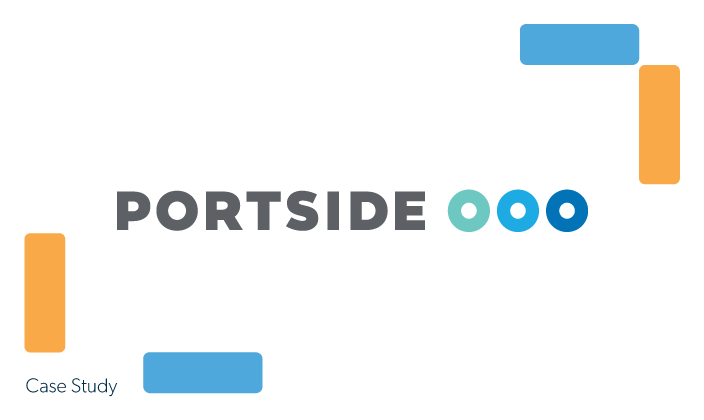Implement Zero Trust Security
Consistently secure user access to devices, applications, files, networks, and other resources from a single open cloud directory platform.
2x
Organizations that leverage Zero Trust are two times more likely to avoid critical outages due to attacks.
40
Person-hours per week can be freed up with an automated Zero Trust strategy in place.
90%+
Of attacks can be prevented by the use of multi-factor authentication.
Empower Your Team, Securely.
Security and compliance shouldn't be a headache for admins or end users. JumpCloud lets IT teams securely connect every user, device, and resource—from apps and files to networks—with a unified platform. Enable Zero Trust through access policy enforcement, modern authentication, and device management so you can keep threats out, stay audit-ready, and focus on what matters
“JumpCloud gives us better resilience against professional cyberattacks. We’ve actually gotten a 20% reduction in cyber insurance premiums because we’ve been so far ahead of the curve with things like mandating MFA for all accounts and minimizing the number of admin accounts.”
Product Details
Conditional Access
Enforce dynamic security measures to protect identities without hurting the user experience.
Learn MoreMulti-Factor Authentication
Keep users and resources safe by layering native MFA onto every identity in your directory.
Learn moreSingle Sign-On
Give users frictionless access to SAML and OIDC-based web apps, via one, unified login.
Learn MoreCross-OS Device Management
Windows, Mac, and Linux device management to configure, secure, and support endpoint and server infrastructure.
Learn morePatch Management
Simplified, scheduled, and automated patch management and version control for Windows, macOS, Ubuntu Linux, browsers, and applications.
Learn moreIdentity Lifecycle Management
Create, update, and revoke user identities and access from a unified open directory platform.
Learn more








